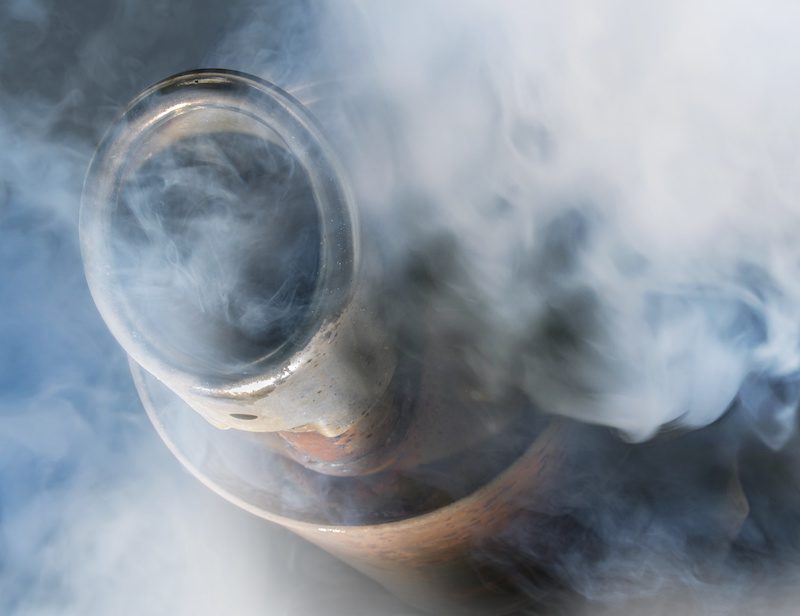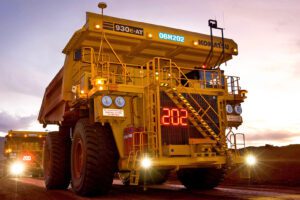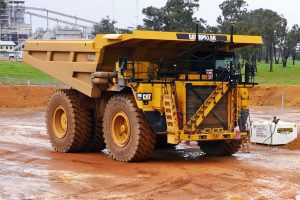Managing diesel emissions is critical to any underground mine operation. How mine ventilation systems can be optimised to limit exposure of workers to diesel emissions and exhaust gases in underground mines was the subject of a recently released research project led by ChemCentre and Curtin University.
ChemCentre scientist Dr Silvia Black outlined the results of the study at the 2019 Australian Mine Ventilation Conference held in Perth in late August
The mine ventilation system plays an important role in reducing the extent to which underground miners are exposed to diesel emissions, exhaust gases and heat. The mine’s secondary ventilation systems are critical for diluting contaminants when working at the face of a heading.
READ RELATED
- Irrespirable atmosphere in old workings | Worker survives
- Secondary mine ventilation providing positive cashflow and compliance
- Expert warns of major concerns from diesel particulate
Managing diesel emissions through tracer gas technology
Dr Black explained that understanding the localised flow profiles on a ‘micro-scale’ was important to be able to identify areas of improvement and ensure that the ventilation system is optimised to maximise dilution of exhaust gases.
“Using tracer gas technology we were able to reliably measure flow behaviours and differentiate between the contribution of various contaminant sources including nano diesel particulate matter (nDPM).”
“We conducted a tracer gas study at the underground Sunrise Dam gold mine which focused on mining activities under auxiliary ventilation at the face of a development heading.”
“The tracer gas sulfur hexafluoride (SF6) was used to study how nDPM was transported between the source and equipment operators working in the proximity and to assess the potential real-time exposure of these underground workers including service crews, shotcreters, charge-up operators, bogger operators and truck drivers.”
“We were therefore able to assess the efficiency of secondary ventilation systems at each worksite over similar periods of time.”
“The key benefit of tracer gas studies is that they enable differentiation between nDPM sources and allow accurate characterisation of airflow behaviour, identifying anomalies and concentration differences for various activities.”
“The information obtained can then be used to better inform the planning of controls to manage activities around other major diesel activities to protect the health of underground mine workers.”
This research was undertaken in collaboration with BBE Consulting Australasia and was funded by the Department of Mines, Industry Regulation and Safety (DMIRS) and the Minerals Research Institute of Western Australia (MRIWA).
The Tracer Gas Study of Nano Diesel Particulate Matter (nDPM) Behaviour in Secondary Ventilation Practices is available here
Read more Mining Safety News














Add Comment